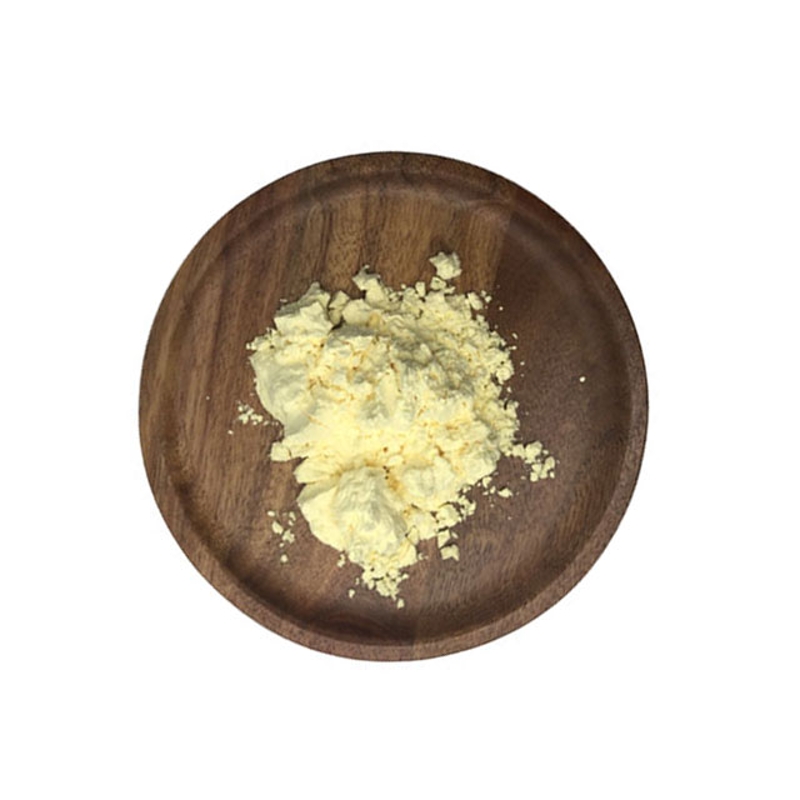-
Categories
-
Pharmaceutical Intermediates
-
Active Pharmaceutical Ingredients
-
Food Additives
- Industrial Coatings
- Agrochemicals
- Dyes and Pigments
- Surfactant
- Flavors and Fragrances
- Chemical Reagents
- Catalyst and Auxiliary
- Natural Products
- Inorganic Chemistry
-
Organic Chemistry
-
Biochemical Engineering
- Analytical Chemistry
- Cosmetic Ingredient
-
Pharmaceutical Intermediates
Promotion
ECHEMI Mall
Wholesale
Weekly Price
Exhibition
News
-
Trade Service
February 13, 2021 // -- Neuroblastoma is a malignant solid tumor that occurs mainly in early childhood and originates from immature cells that have degenerated in the sensory nervous system; N cancer genes, high-risk neuroblastoma patients usually have myCN amplification in the body, such as high levels of expression, which tend to drive the out-of-control growth of tumors;
a recent study published in the international journal Nature Cancer, scientists from institutions such as the University of Weilzburg have revealed how to provoke conflict in tumor cells to effectively kill cancer cells.
So far, we all know that MYCN is able to control the function of RNA polymerases, which can read information about DNA in the nuclei of cells and convert it into mRNA; based on the results of this study, the researchers found that MYCN plays a special role in the S phase of the cell cycle when DNA is replicated.
at this stage, two processes occur simultaneously, namely, the reading and replication of DNA;
study, researchers found that MYCN suppresses the conflict between two tracks, the so-called transcriptional replication process.
This signaling effect requires the involvement of two enzymes, Aorora-A and ATR, which can be inhibited by the drugs currently in use; in this way, targeted "train conflicts" can either be induced to damage tumor cells, or, in medical terms, a combination of the two drugs can cause DNA damage and kill tumor cells efficiently, while other tissues are not affected.
researchers point out that in mouse models of neuroblastoma, we can use this strategy to inhibit tumor growth and even use combination therapies to cure certain experimental animals.
According to the researchers, patients could also benefit from the study in the near future; the substances currently used by researchers can be purchased from the market, and the Arora-A and ATR inhibitors they use and their drug combinations have been tested in some models that are very clinically close, and if successful, clinical trials will begin soon.
() Original source: Roeschert, I., Poon, E., Henssen, A.G. et al. Combined inhibition of Aurora-A and ATR kinases results in regression of MYCN-amplified neuroblastoma. Nat Cancer (2021). doi:10.1038/s43018-020-00171-8







